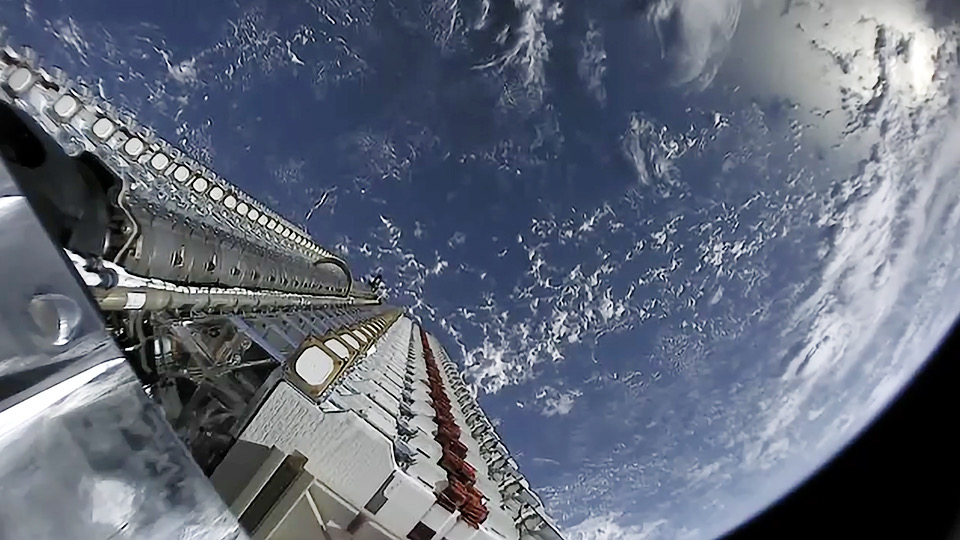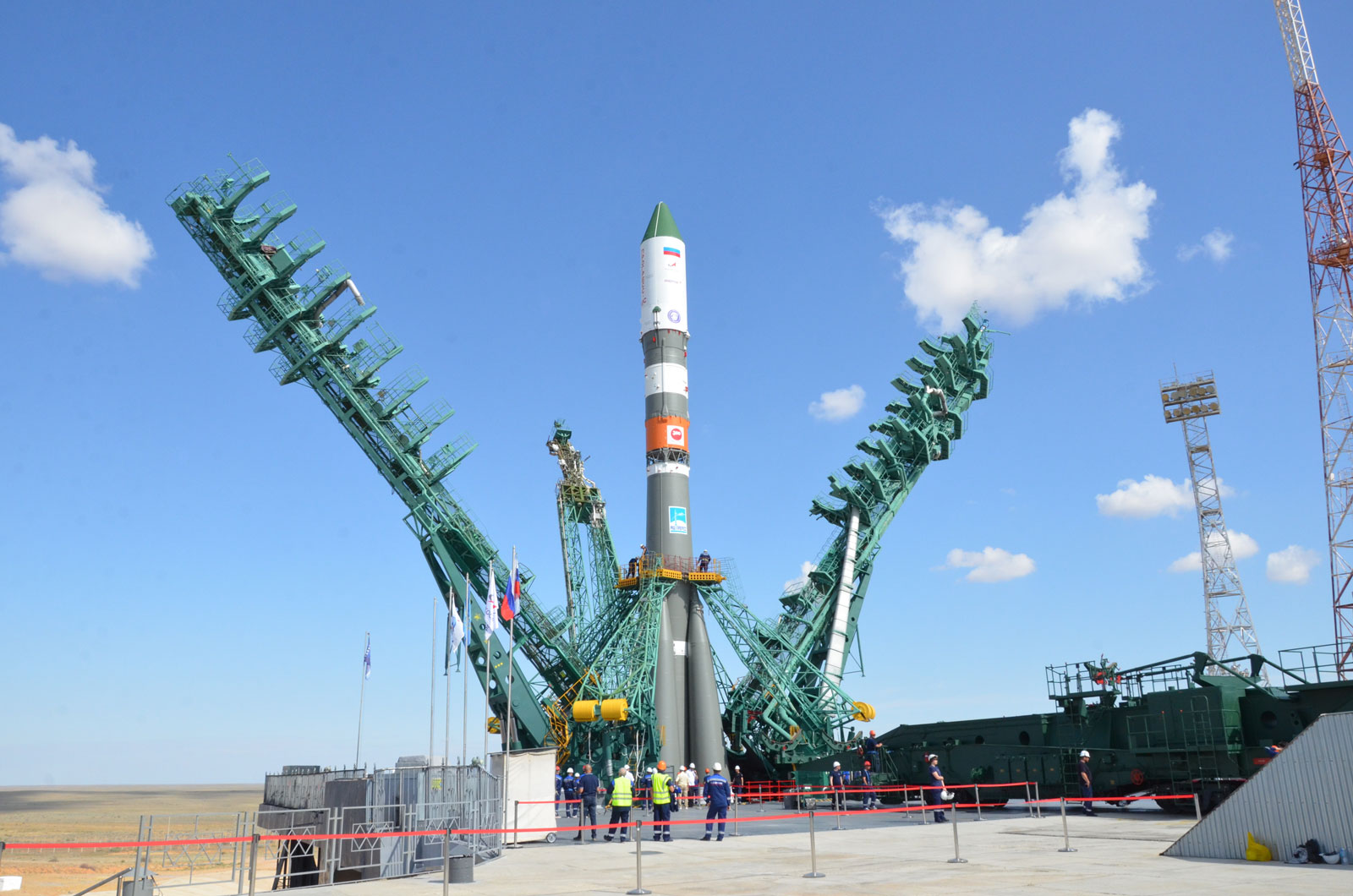· space brief · 6 min read
Space Brief 7 Jun 2025
Today's brief covers the latest in satellite launches, military implications in space funding, and notable reentry delays.

📄Top Stories
Today’s brief highlights China’s launch of additional Guowang satellites, budget warnings from the House Armed Services Committee regarding the Space Force, and further delays in the Boeing Starliner’s next flight.
📰Detailed Coverage
China’s Guowang Expansion Continues
China has successfully launched another set of satellites for its Guowang megaconstellation, marking the fourth group sent to low Earth orbit. Despite the launch, details about the specific payloads and their objectives remain scant, suggesting strategic ambiguity.
The Guowang constellation is poised to enhance global communications and secure China’s strategic presence in LEO. For satellite trackers, monitoring the deployment of such large constellations offers insights into global space traffic management and potential orbital congestion.
Read the full story: SpaceNews
Concerns Over Space Force Funding
The House Armed Services Committee has expressed concern over the delayed defense budget, which could result in cuts to the Space Force’s funding. Representative Mike Rogers emphasized the need for timely budget approvals to ensure national security interests in space.
A delayed budget could lead Congress to draft independent spending bills, potentially impacting planned satellite launches or new defense-oriented space technologies. This could influence how military assets are tracked and managed in orbit, crucial for defense contractors and satellite operators.
Read the full story: SpaceNews
Boeing Starliner Faces Further Delays
Boeing’s CST-100 Starliner has encountered additional launch delays, with the next crewed mission now postponed to 2026. NASA cites testing requirements at the White Sands Test Facility as key to final approval.
The delay impacts Boeing’s timeline for regular missions to the International Space Station, highlighting the complex safety and technical challenges faced by aerospace manufacturers. Satellite tracking systems may aid in analyzing orbital slots and debris generated by such prolonged deployment cycles.
Read the full story: Spaceflight Now
First European Rover Heads to the Moon
The ESA is supporting HAKUTO-R’s Resilience mission, which carries Europe’s first lunar rover. Launched aboard a SpaceX Falcon 9, the rover aims to explore the Moon’s Mare Frigoris region.
ispace, the company behind this mission, operates from Tokyo and focuses on expanding lunar exploration capabilities, a significant milestone for European lunar ambitions. Successful landing and operations could foster developments in satellite-supported lunar navigation and mapping.
Read the full story: Moon Daily
South Korea’s Strategic Military Posture
South Korea is enhancing its precision air and naval capabilities as a deterrence against North Korean nuclear developments. This strategic focus underscores the importance of integrating advanced satellite reconnaissance and early warning systems.
Ju Hyung Kim from the Security Management Institute argues for preemptive measures, which could rely heavily on real-time satellite data to ensure effective response strategies. This underscores the importance of accurate orbital tracking and satellite positioning in defense contexts.
Read the full story: Breaking Defense
Transforming Qatari Jet Into Air Force One
The U.S. Air Force Secretary announces the potential transformation of a Qatari jet into a new Air Force One, with costs estimated under $400 million. However, the timeline remains uncertain due to delays in a separate Boeing contract for two new jets by 2027.
While not directly related to satellites, this development affects strategic aerial mobility planning, indirectly influencing military space operation dynamics by ensuring seamless command and communications continuity, often supported by secure satellite uplinks.
Read the full story: Breaking Defense
🛰️Satellite Spotlight
- Satellite Name: ONEWEB-0709
- NORAD ID: 55172
- Launch Date: January 10, 2023
- Mission: This satellite is part of the OneWeb constellation, aimed at providing global internet coverage through a network of low Earth orbit (LEO) satellites.
- Orbit: LEO
- Operator: OneWeb
- Fun Fact: ONEWEB-0709 is equipped with a Ku-Band payload, which allows it to deliver high-speed internet services, making connectivity available even in remote and underserved areas.
Track this satellite in real-time on our web app: Track ONEWEB-0709
🌌Space Weather
Space weather conditions are currently quiet.
R0 - S0 - G0
Next 24 Hours: There is no risk of radio blackouts or solar radiation storms, which is good news for satellite operators and communication users. However, moderate geomagnetic activity and minor geomagnetic storms are expected. Specifically, a G1 (Minor) geomagnetic storm is likely on June 7 due to anticipated Coronal Mass Ejection (CME) influence. Satellite operators should remain vigilant for potential fluctuations in navigation accuracy and satellite drag, particularly for low Earth orbit (LEO) satellites. Ground-based radars and telescopes should operate normally, but could experience minor disruptions during geomagnetic storms.
Beyond: From June 2 to June 28, solar activity is expected to increase to moderate levels, with a chance for R3 (Strong) conditions especially as Region 4100 approaches the west limb. There is also a possibility for M-class (R1-R2) X-ray activity due to multiple active regions visible on the Sun, and these conditions could impact satellite operations and communications. The current proton event is anticipated to conclude, but elevated electron flux levels may occur at geosynchronous orbit on several days throughout the month, which can influence satellite systems. Geomagnetic storms ranging from G1 (Minor) to G2 (Moderate) are expected due to recurrent coronal holes, particularly influencing satellite drag, ground-based radar operations, and communication systems.
🚀 Upcoming Space Launches
June 7
- SpaceX Falcon 9 Block 5:
- Sirius SXM-10 from Cape Canaveral Space Launch Complex 40 (03:19 UTC) SXM-10 is the 11th high-powered, digital audio radio satellite built by Maxar for SiriusXM, featuring a large mesh reflector.
June 8
- SpaceX Falcon 9 Block 5:
- Starlink Group 15-8 from Vandenberg Space Force Base, Space Launch Complex 4E (13:34 UTC) A batch of 26 satellites for the Starlink mega-constellation, SpaceX’s project for space-based internet communication.
June 10
- SpaceX Falcon 9 Block 5:
- Axiom Space Mission 4 from Kennedy Space Center, Launch Complex 39A (12:22 UTC) This mission involves a Crew Dragon flight for Axiom Space, carrying a professionally trained commander and three private astronauts to the International Space Station for at least eight days.
- SpaceX Falcon 9 Block 5:
- Starlink Group 12-24 from Cape Canaveral Space Launch Complex 40 (13:03 UTC) A batch of satellites for the Starlink mega-constellation.
- Rocket Lab Electron:
- The Mountain God Guards (iQPS Launch 3) from Rocket Lab Launch Complex 1, Mahia Peninsula, New Zealand (15:45 UTC) Launching a synthetic aperture radar Earth observation satellite for Japanese Earth imaging company iQPS.
June 13
- SpaceX Falcon 9 Block 5:
- Starlink Group 15-6 from Vandenberg Space Force Base, Space Launch Complex 4E (01:46 UTC) Additional satellites for SpaceX’s Starlink mega-constellation.
- China Aerospace Science and Technology Corporation Long March 2D:
- Unknown Payload from Jiuquan Satellite Launch Center, People’s Republic of China (07:48 UTC) Details TBD.
- SpaceX Falcon 9 Block 5:
- Starlink Group 12-26 from Cape Canaveral Space Launch Complex 40 (11:45 UTC) A batch of Starlink satellites for global internet support.
- United Launch Alliance Atlas V 551:
- Project Kuiper (KA-02) from Cape Canaveral Space Launch Complex 41 (18:29 UTC) This launch is part of Project Kuiper, Amazon’s mega-constellation aiming to provide broadband internet access globally.
June 17
- SpaceX Falcon 9 Block 5:
- Starlink Group 15-9 from Vandenberg Space Force Base, Space Launch Complex 4E (00:51 UTC) Deployment of more satellites for the Starlink internet constellation.
Note: Launch dates and times are subject to change due to technical or weather considerations.

Maurice Stellarski



